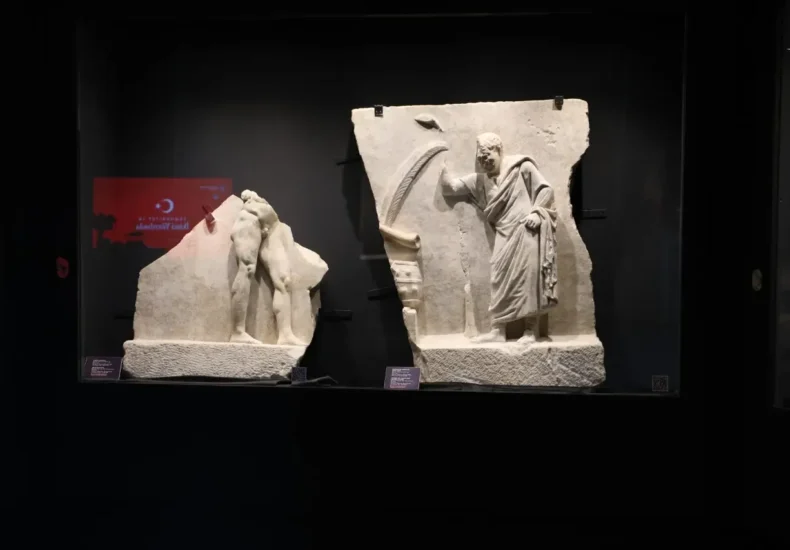
Silent Witnesses of Nicomedia: Çukurbağ Reliefs Exhibition Opens in Kocaeli
To mark International Museum Day on May 18 and in honor of the 102nd anniversary of the Republic of Türkiye, the “Silent Witnesses of Nicomedia” exhibition has opened at the Kocaeli Archaeology Museum. The exhibit offers a rare glimpse into the ancient city of Nicomedia, showcasing sculptural relics that reflect the grandeur of a Roman imperial center. The exhibition will remain open to visitors until the end of July.
At the opening ceremony, Izmit Mayor Fatma Kaplan Hürriyet stated:
“Today, we greet the echoes of an ancient civilization through stories carved into marble. ‘Silent Witnesses of Nicomedia’ is more than a collection of archaeological artifacts—it is a reflection of a city’s memory, cultural identity, and its lasting contribution to human history.”
Nicomedia: An Imperial Capital in the East
Founded in the 3rd century BCE by King Nicomedes I of Bithynia, Nicomedia reached the height of its political and cultural prominence under Roman Emperor Diocletian in the late 3rd century CE, briefly serving as the capital of the Eastern Roman Empire. With its palaces, temples, and monumental architecture, Nicomedia became a hub of imperial power and ideology.
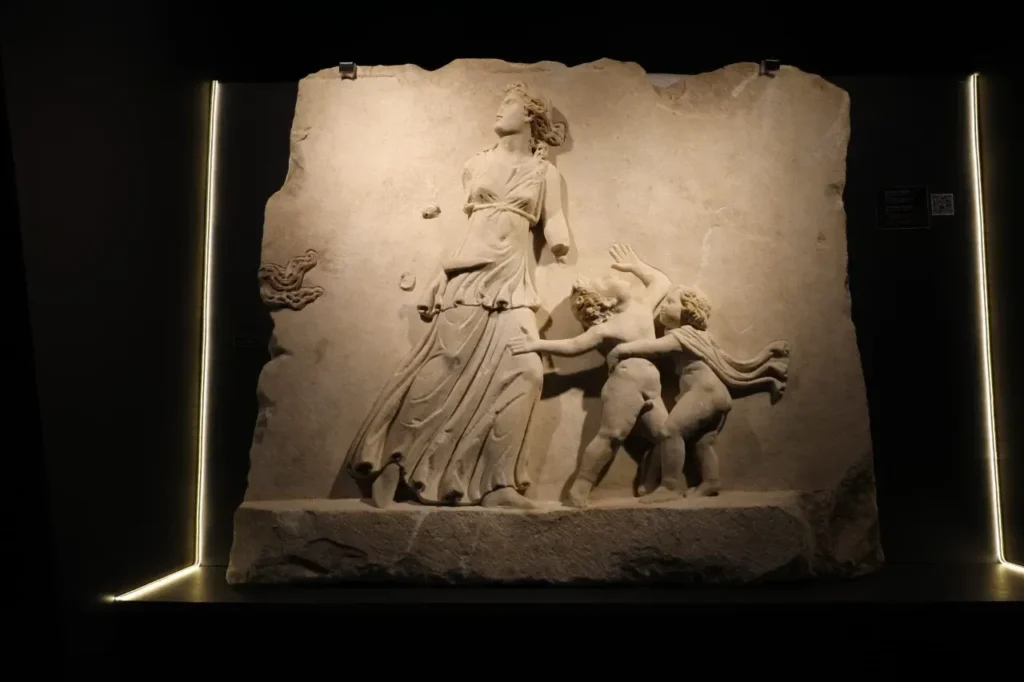
The Çukurbağ Reliefs: Echoes of a Lost Empire
Ongoing excavations in the Çukurbağ neighborhood of İzmit have unearthed more than 35 monumental marble reliefs dating to the Diocletian period. These artworks depict scenes of imperial ceremonies, religious rituals, and military victories, offering valuable insight into the artistic and symbolic language of Roman rule in Asia Minor.
📣 Our WhatsApp channel is now LIVE! Stay up-to-date with the latest news and updates, just click here to follow us on WhatsApp and never miss a thing!!
Each relief panel captures elements of belief, authority, and mythology, making them not just decorative art, but narrative vessels carrying the identity and worldview of an ancient society.
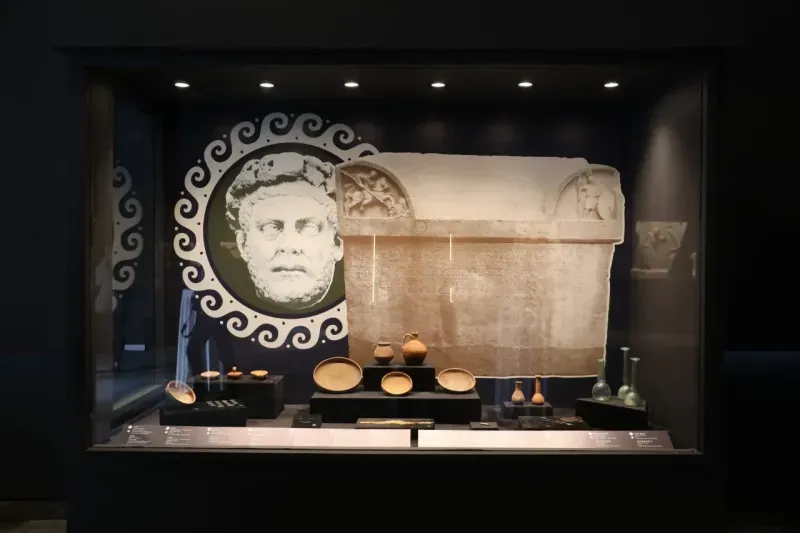
A Journey Through Cultural Memory
The exhibition presents these extraordinary works as windows into Nicomedia’s layered history. From depictions of emperors to mythological references, the sculptures embody a civilization where power, faith, and aesthetics intertwined in stone.
A Tribute to Cultural Continuity
Organized in celebration of the 102nd year of the Republic, this exhibition stands as a symbol of Türkiye’s enduring connection to its rich historical past. The Çukurbağ reliefs, silent for centuries, now speak to modern audiences, emphasizing the value of cultural heritage in shaping future generations.
You may also like
- A 1700-year-old statue of Pan unearthed during the excavations at Polyeuktos in İstanbul
- The granary was found in the ancient city of Sebaste, founded by the first Roman emperor Augustus
- Donalar Kale Kapı Rock Tomb or Donalar Rock Tomb
- Theater emerges as works continue in ancient city of Perinthos
- Urartian King Argishti’s bronze shield revealed the name of an unknown country
- The religious center of Lycia, the ancient city of Letoon
- Who were the Luwians?
- A new study brings a fresh perspective on the Anatolian origin of the Indo-European languages
- Perhaps the oldest thermal treatment center in the world, which has been in continuous use for 2000 years -Basilica Therma Roman Bath or King’s Daughter-
- The largest synagogue of the ancient world, located in the ancient city of Sardis, is being restored

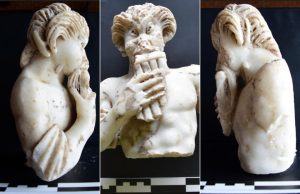
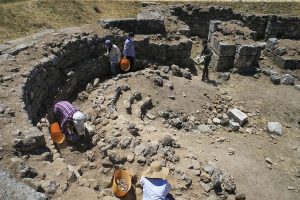
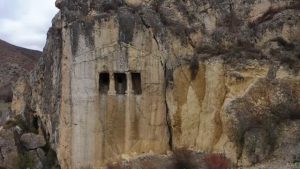
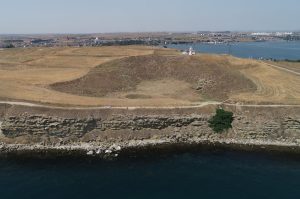
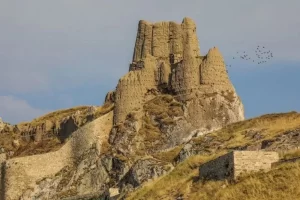
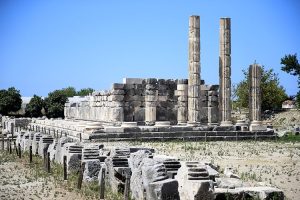
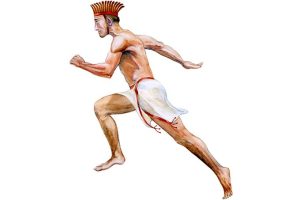

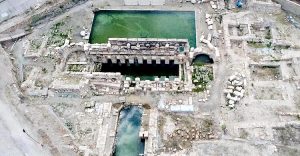
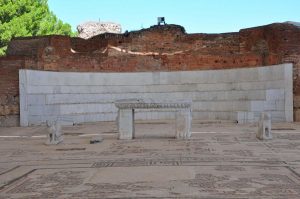
Leave a Reply